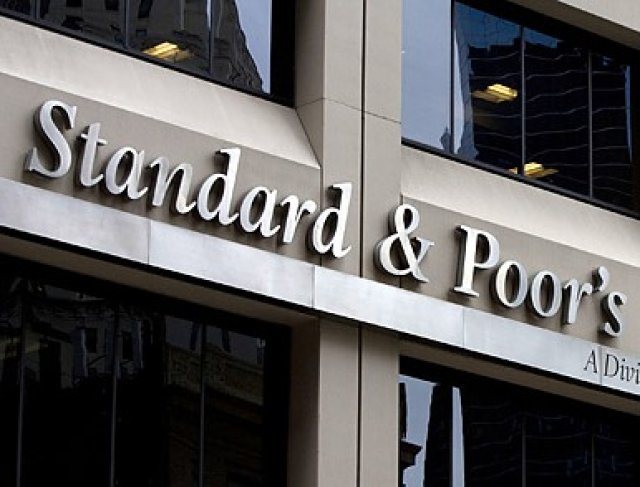
Most of the first world is still feeling the effects of the global financial crisis (GFC), as economies remain either stagnant or in recession. The financial crisis can be traced back to the decision in the United States to lower interest rates, which fell from 6% in January 2001 to 1% in mid-2003.
This led banks and other financial institutions, awash with cheap money, to conclude that lending to prospective home buyers at risk of being unable to afford their repayments was a safe bet. Between 2002 and 2007, sub-prime lending rose from 3% of US residential mortgages to 15%.
The home loan portfolio of one of the larger predatory lenders, Countrywide Financial, went from US$62 billion in 2002 to US$463 billion in 2006. By 2005, 43% of first home buyers paid no deposit on their purchases and the median first-time buyer entered the housing market with a deposit of just 2% of the sale price.
In the last three months of 2005, new mortgage borrowings increased by US$1.11 trillion, taking outstanding mortgage debt to US$8.66 trillion, almost 65% of US GDP.
These loans were bundled together in financial derivatives products known as collateralised debt obligations (CDOs) which, in turn, were parcelled into tranches of debt and on-sold to bankers and investors around the world.
When interest rates began to rise in 2006, the housing bubble burst. Mortgagees defaulted and the US housing market went into steep decline. The GFC unfolded when two Bear Stearns hedge funds, holding almost US$10 billion in mortgage-backed securities collapsed, in July 2007.
The parcels of debt and CDOs could not have flourished in the market if they weren't given AAA credit ratings from conflicted agencies that were handsomely paid for their services.
The US Justice Department is now trying to sue one of these agencies, Standard & Poors (S&P), for US$ billion for not following its own standards when rating mortgage bonds that turned out to be toxic.
A legal funding group, Betham IMF, is also preparing legal action against S&P in the Netherlands. It is asking for US$250 million on behalf of 16 European institutional investors.
This is why a little-reported legal case in Australia is so important. Local Government Financial Services (LGFS) purchased what turned out to be toxic financial products from ABN Amro which relied on S&P’s ratings. They then on-sold them to local councils in Australia. When the local councils lost $30 million in short order, LGFS sued both ABN Amro and S&P.
In December 2012, the federal court ruled against the two institutions, finding them culpable for giving exotic products known as constant proportion debt obligations AAA ratings. It also found LGFS partly liable but ruled that they could claim $16 million from ABN Amro and S&P.
The case is now on appeal and part of the defence of the two institutions is to blame each other. S&P’s separate defence is classic chutzpah. Counsel for the ratings company told the court that no one should make an investment based on an S&P credit report.
He went on to liken S&P’s credit ratings to car reviews on television show Top Gear or a TV weather report. You couldn’t sue the ABC if you acted on its sunny weather report, and after inviting friends around for a backyard barbeque, it rained heavily. So too with S&P credit ratings – just don’t believe them.
The next time the federal or any of the state governments says it has to cut services to put the budget in surplus so as to not damage their credit ratings we should remind them of S&P’s frank advice.